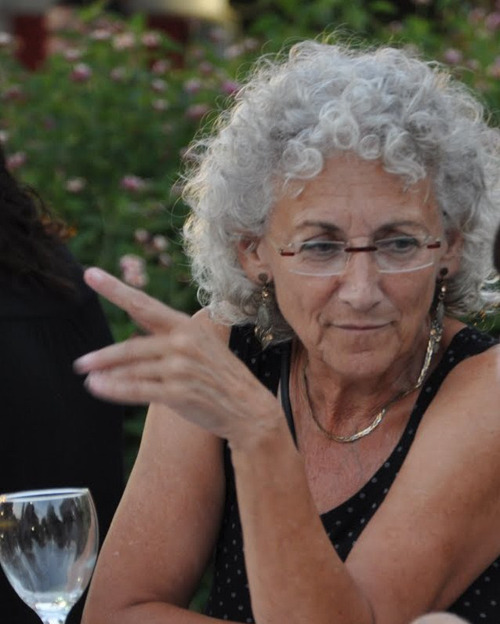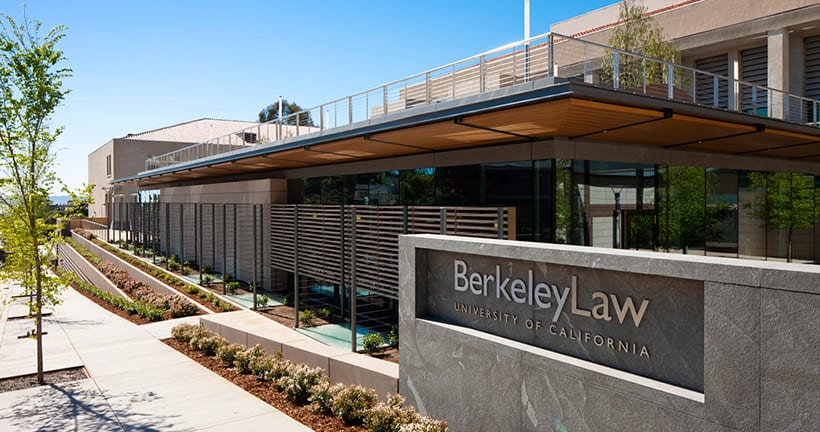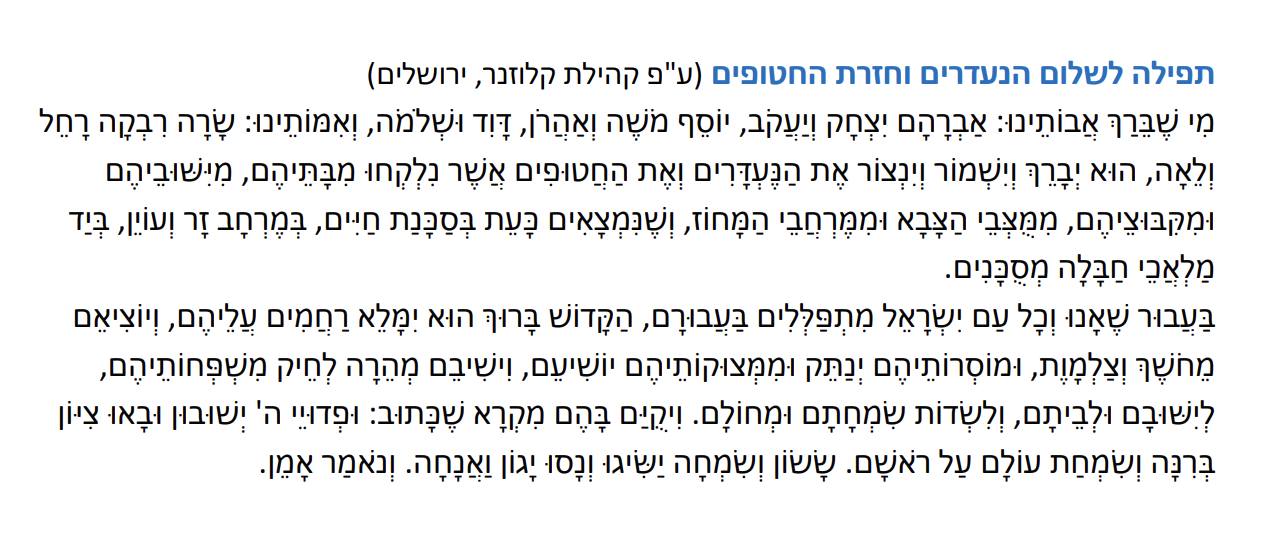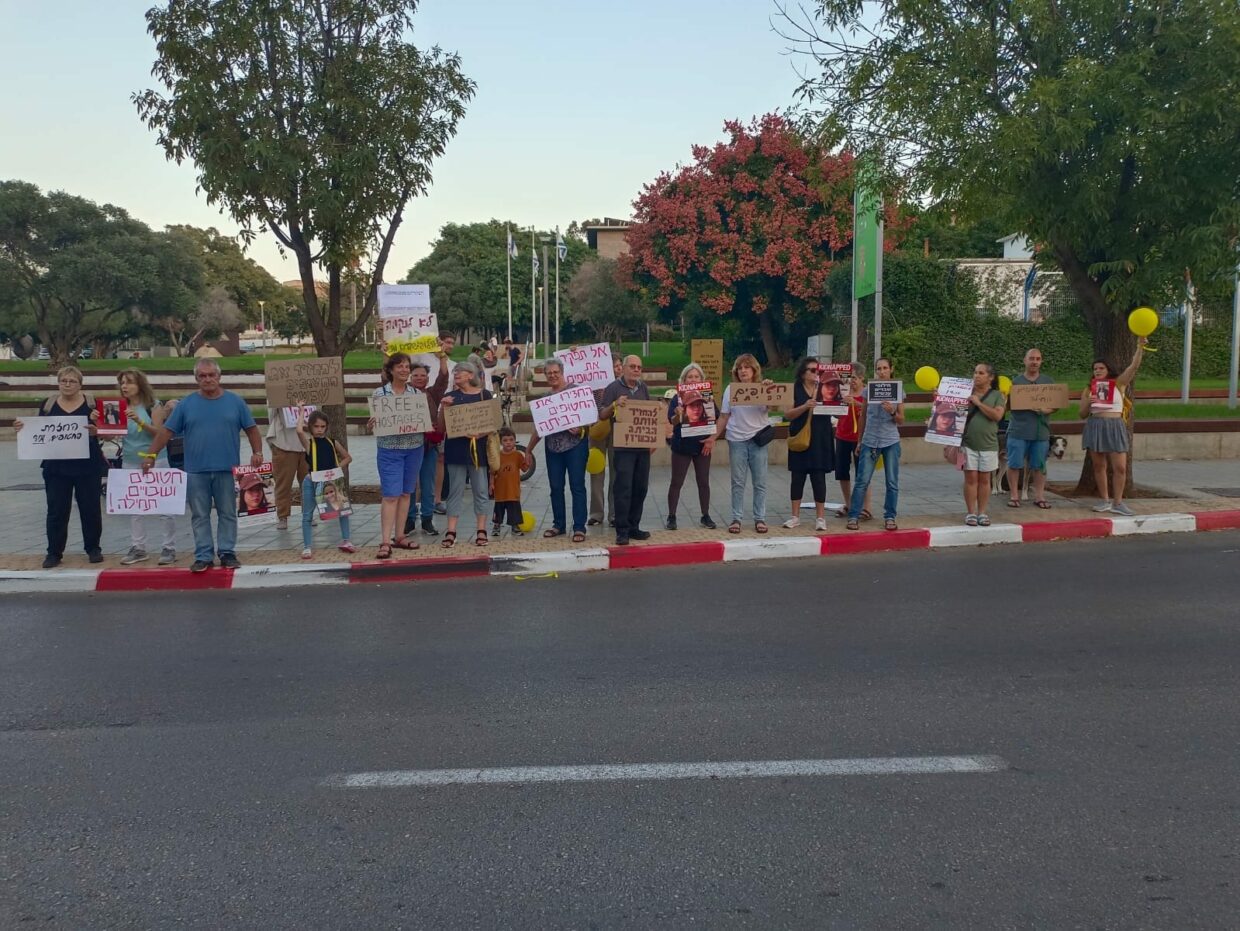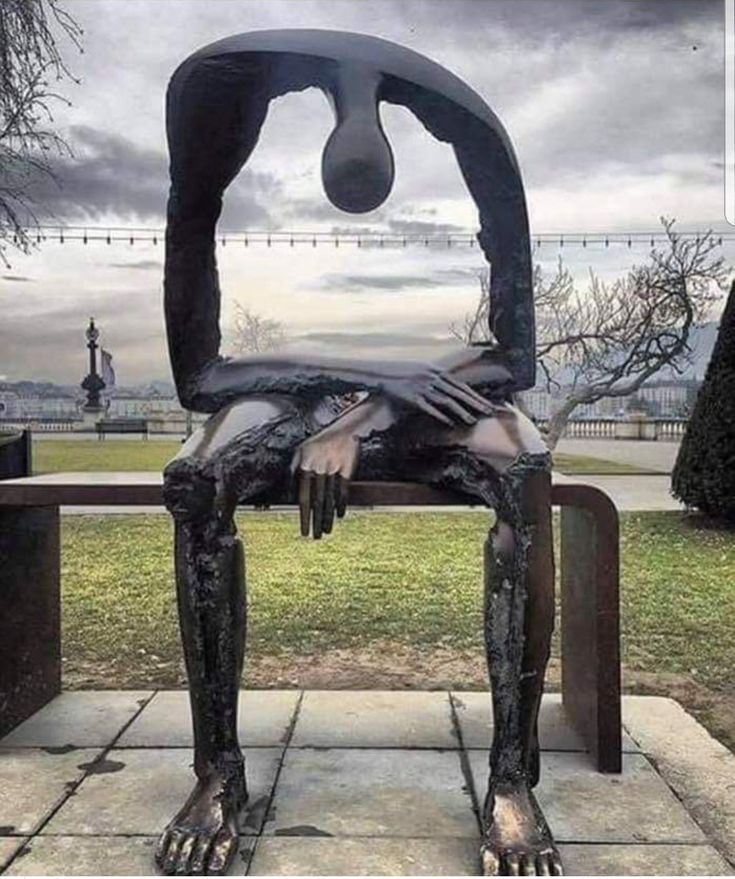Another fascinating day at the AJS Annual Meeting, in which I learned a lot – including about issues surprisingly close to home.
The first panel, Holocaust in Art and Literature, opened with Roy Holler’s talk about Yoram Kaniuk’s book Adam ben Kelev and its film adaptation starring Jeff Goldblum. Of all Israeli authors, Kaniuk is one of the most difficult and least accessible for me, so I was grateful for Roy’s take: rather than seeing the book as a story of human-animal transition, he reads it as a story of “passing” across species and of a commitment to avoid joining a species capable of atrocities. As Roy said, “Instead of ‘God created man’, it’s ‘man created himself in the image of a dog.'”
Next, we heard from Angelica Maria Gutierrez Ravanelli, who studies Argentinian holocaust remembrance and spoke of a graphic anthology called Camino a Auschwitz y Otras Historias de Resistencia. It’s a controversial, edgy, and sometimes queer take on holocaust survival, which draws inspiration from both Maus and Fun Home: the story of a prostitute who dies in the gas chambers; the exploits of a gay partisan and his sexual escapades in the forest; and an ambivalent, conflicted story about Eichmann’s capture. Angelica walked us through the timeline and plot of the stories, the graphic motifs, and the controversy that their publication stirred in Argentina.
The panel ended Anne Rothfeld’s talk about a fascinating investigation conducted by Evelyn Tucker into several wonderful paintings by Egon Schiele. It turned out that Egon Schiele was treated by a dentist called Rieger and, short on cash, paid him in fantastic paintings, including Wayside Shrine, Cardinal and Nun, and Harbor of Trieste (all of which can be found now in the Dorotheum). Welz, a member of the Nazi party, got the paintings from Rieger. Tucker suspected that Welz had flourished by spreading a tale of benefitting from American looters. Welz’s version was that he helped Rieger escape (he had not; Rieger died in Theresienstadt.) Eventually, Tucker was relieved of her position after a conflict with the army. The whole thing was fascinating.
The second panel, Negotiating Danger, Difference, and Death, had assorted rabbinical commentary that I found interesting. The highlight for me was Mika Ahuvia’s talk about Angels in Late Antique Conceptions of Death, because some of the images she analyzed came from sarcophagi in Bet Shearim, which is right next to my home town and where I run when I visit my mom. While rabbinic texts identify only male angels (Michael, Gabriel, Raphael, and Bney ha-Helohim from Enochic texts), piyyut and midrash (Bereshit Raba) identify some feminine angels. And, a sarcophagus image depicts a winged female figure. In addition, murals in the Dura synagogue depict a similar figure descending to the underworld.. Where did it come from? Mika identifies the similarities between the figure and the Greek figure of Psyche (Suke in Greek) and investigates artistic copying and common influences.
Shulamit Shinaar uses lenses from critical and queer disability studies, as well as from medical sociology, to examine biblical and rabbinic prohibitions on, and dispensations for, people with disabilities and their caregivers. She relies on Mike Bury’s concept of “biographical disruption”–the impact of a diagnosis on the person’s now threatened identity, their plans for the future, and their daily life. In light o this framework, Rabbinnical literature views people’s lives as disrupted, including their ability to work, dependency on others, and illness impacting witnesses and legal proxies. This lens explains the exemptions for sick people and for their caregivers: Sabbath, Yom Kippur, and seeking healing using objects that are prohibited (except for the “big three”: avodah zarah, incest, and bloodshed).
Finally, Gal Sela turns to Ta’anit 24a-b to discuss theurgic perceptions in the Babylonian Talmud. The story has to do with Rava, who unsuccessfully tries to bring rain through a fast, and when people complain that in the days of Rabbi Yehuda this was easily done, recurs to explain that the more rigorous learning of this generation is insufficient and that the previous generation had a more direct connection to the divine. We talked about the power of the sage, through the ritualistic act of removing his shoes.
The methodologies that were most familiar to me were in full display at the Haredi sociology panel. I learned a lot! First we heard from Dikla Yogev and Nomi Levenkron, who have studied the Meron disaster using information from government meetings, observations and interviews with the police and the public, and an “urgent ethnography” of online data collection (WhatsApp groups and a website.). The Meron celebration, which became Haredi-dominated from around 2000, raises various problems involving transportation, site management, lost children, and the like. Social network analysis shows that the most prominent people to discuss and address the event were the haredim themselves, including the Meron Committee head and the Holy Sites CTO. Dikla and Nomi conclude that Meron suffers from government instability; the police struggle to establish public safety, which is low on the priority list and managed through a network of informal connections that prioritize Haredi brokers and deprioritize the police.
It was interesting to see this unfold in light of Nomi’s other paper on the panel, hilariously titled “The Father, the Son, and the Holy Spirit,” and recounting the regulation of the 1956 Meron celebration. Her point of departure is that police work in holy places calls for negotiation, which has both symbolic and practical aspects. The three parties to the negotiation wanted different things out of it. The father was Ben Gurion, the prime minister, whose establishment of Israel was accomplished through difficult compromises with the Haredim, and therefore needed to give in to them on the celebration; his son, Amos Ben-Gurion, who was a senior police officer, was concerned about the site’s safety risks and demanded to cancel the event; and the Holy Spirit, the Ministry of Religion, needed the Ultra-Orthodox as part of the coalition. To some extent, the 1956 paper provides an omen/explainer of the 2020 paper.
Miriam Moster talked about the ocioeconomics of Haredi Divorce in New York, which used to be fairly common but is now extremely rare. By contrast to divorcées in the general population, among Hasidim, education and home ownership actually make leaving the marriage easier. Miriam also pointed out that finances tied to the husband, especially in cases where the whole extended family is financially entangled–and especially in illegal/under the table dealings–make leaving more difficult. The fallout of divorce can be harsh from an informal social control standpoint.
Finally, Hannah Lebovits discussed the housing patterns of Haredim in American municipalities, showing how leadership deals with housing and contrasting two models: “housing at all costs” (cutting corners, informal economic workarounds) versus “pragmatic skepticism” (representation, legal cases, civil rights action, etc.) She used the term “ritual urbanism” to describe, among other factors, how some spiritual leaders (“rebs”) of the community present themselves as messengers of God when advocating for spatial design or land use.
I was going to stay for more, but instead opted for catching up with Dikla and Nomi and then had to replace all my bicycle gear, which was filched from my pannier by someone who probably needed raingear and a Narcan kit more than I did (but did he really have to steal my helmet and gloves, too? Grrrr.) Very eager to return to the conference tomorrow!



